The Surprising Return of Family Beds
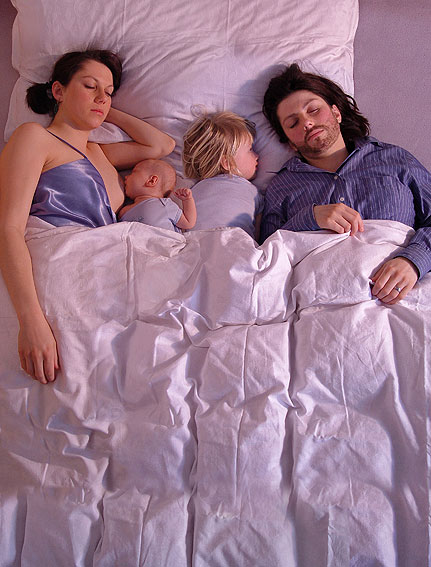
Something interesting is happening in bedrooms across America – families are sleeping together again. After decades of strict “separate beds for safety” messaging, a growing number of parents are questioning whether the Western approach to infant sleep might be missing something crucial.
Recent surveys from pediatric sleep centers show that nearly 68% of families practice some form of co-sleeping, whether it’s bed-sharing, room-sharing, or using bedside sleepers. This represents a significant shift from just ten years ago when most parents felt they had to hide their co-sleeping habits from healthcare providers.
What the Latest Safety Research Actually Shows
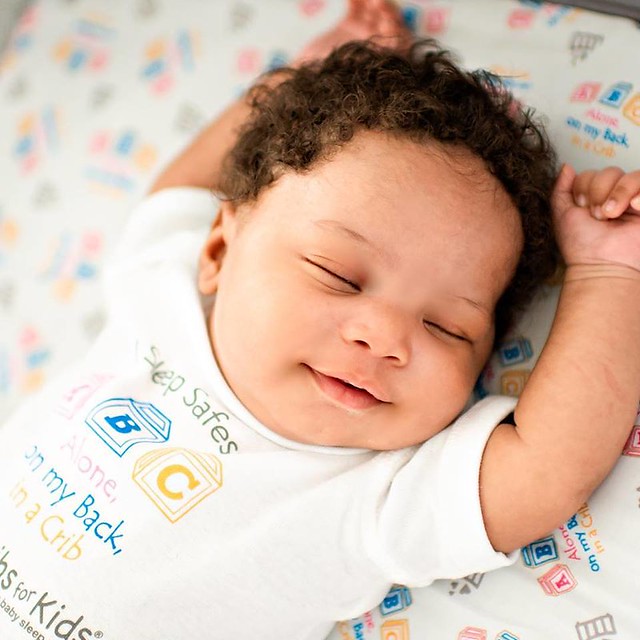
The American Academy of Pediatrics updated their safe sleep guidelines, and the picture is more nuanced than many realize. While they still recommend against bed-sharing for infants under four months, they’ve acknowledged that room-sharing can reduce SIDS risk by up to 50%.
Dr. Rachel Moon, who chairs the AAP’s Task Force on SIDS, explains that the data shows room-sharing without bed-sharing offers the protective benefits of co-sleeping while minimizing risks. New research from Children’s Hospital of Philadelphia found that families who follow safe co-sleeping practices have infant mortality rates comparable to those who use separate rooms.
The key difference lies in how co-sleeping is practiced. Safe co-sleeping involves firm mattresses, no pillows or loose bedding near the infant, non-smoking parents, and breastfeeding mothers who haven’t consumed alcohol or drugs.
Why Breastfeeding Mothers Are Leading the Trend
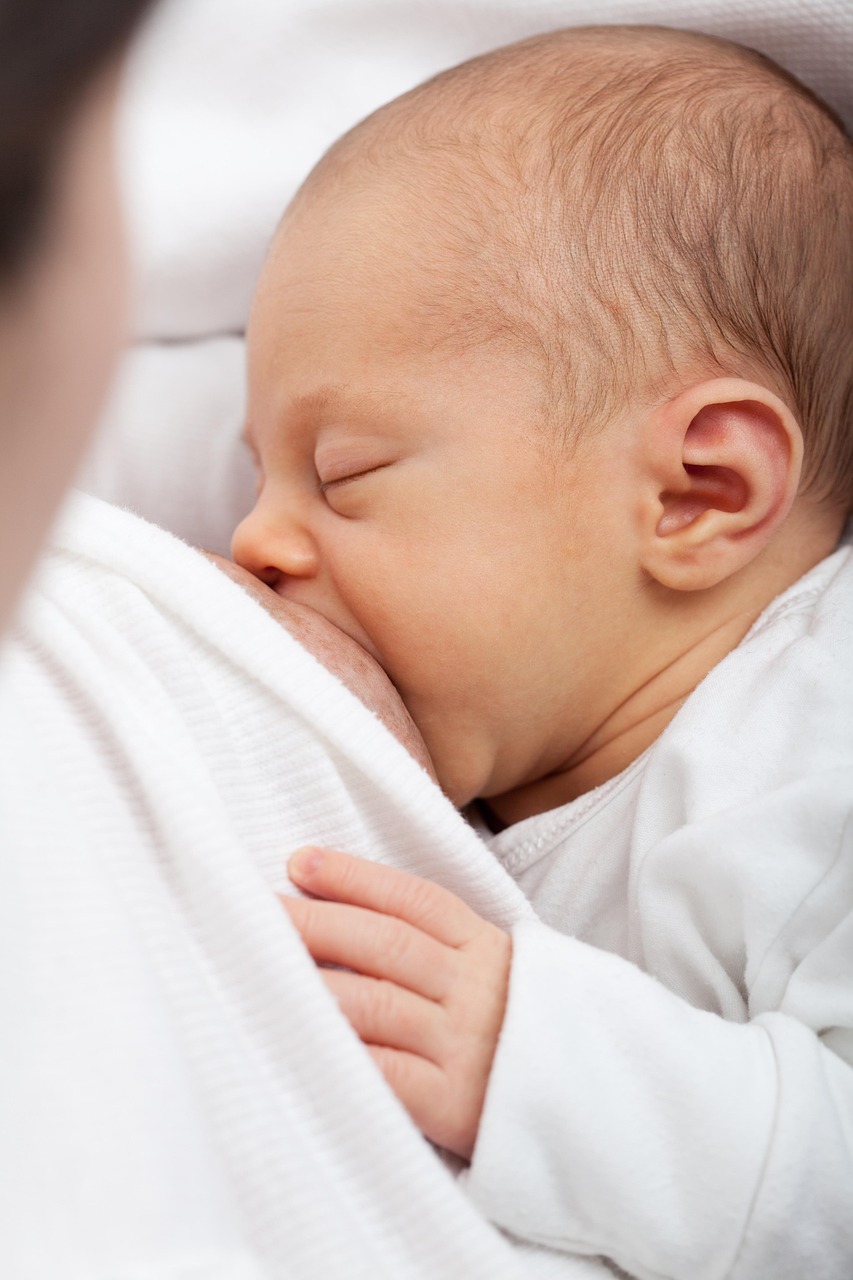
Lactation consultants are seeing a clear pattern – mothers who co-sleep tend to breastfeed longer and more successfully. The proximity makes night feeding easier, and mothers report getting more sleep when they don’t have to fully wake up to nurse.
Research from the University of Notre Dame’s Mother-Baby Behavioral Sleep Laboratory shows that co-sleeping mothers and babies naturally synchronize their sleep cycles. This biological dance helps maintain milk supply and reduces the stress hormone cortisol in both mother and child.
Dr. James McKenna, who has studied mother-infant sleep for over three decades, notes that human babies are born the most neurologically immature of all primates. The sensory contact during co-sleeping may actually support crucial brain development that occurs during the first year of life.
The Cultural Divide That’s Finally Narrowing
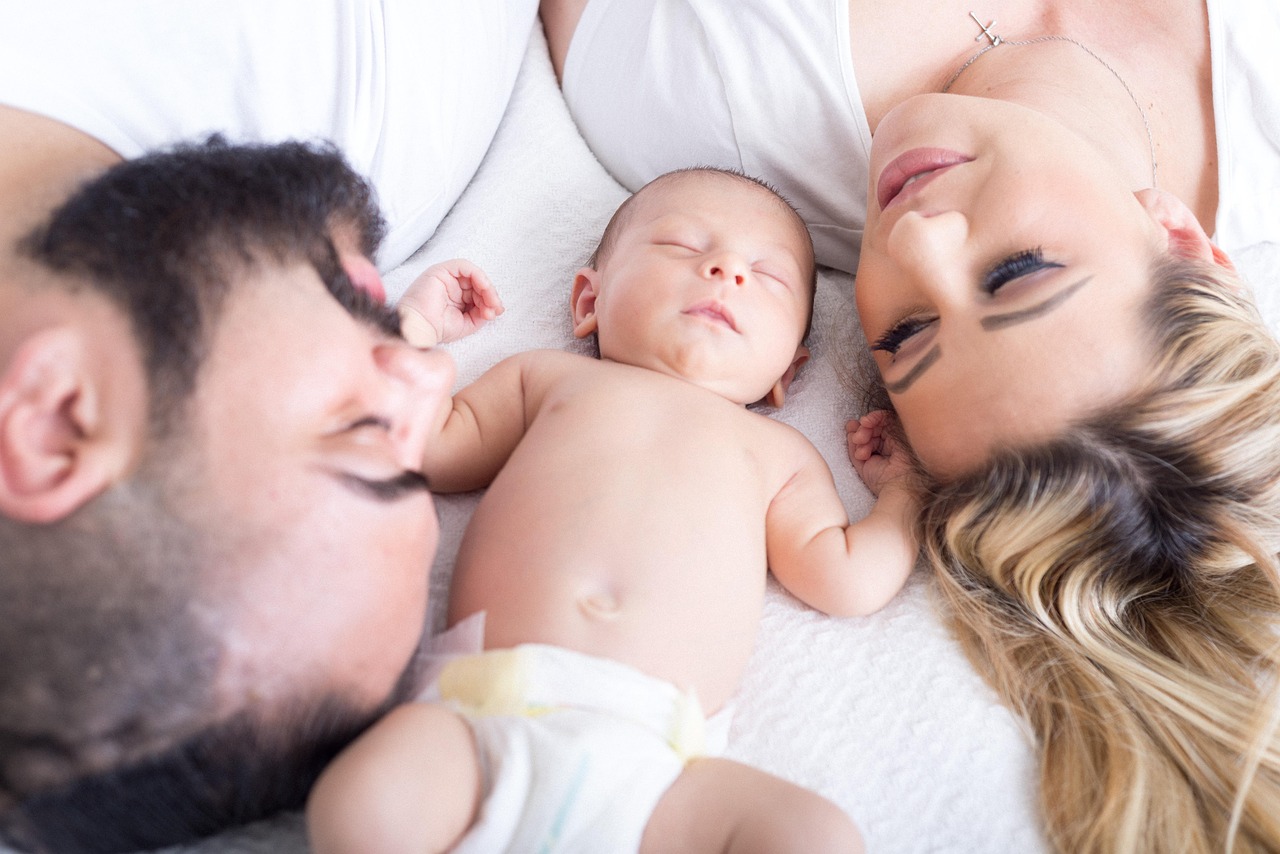
What’s fascinating is how differently cultures approach infant sleep. In Japan, co-sleeping is so normal there isn’t even a word for it – families simply sleep together. Scandinavian countries promote room-sharing, and many European pediatricians actively encourage safe co-sleeping practices.
American attitudes are slowly shifting as more families discover that the Western model of independent infant sleep isn’t universal. Immigration patterns have brought families with different sleep traditions, and their practices are influencing broader conversations about infant care.
Social media has also played a role, with parents sharing their co-sleeping experiences and realizing they’re not alone. The shame and secrecy that once surrounded family sleep arrangements is gradually lifting as more families speak openly about their choices.
How Sleep Deprivation Changes Everything
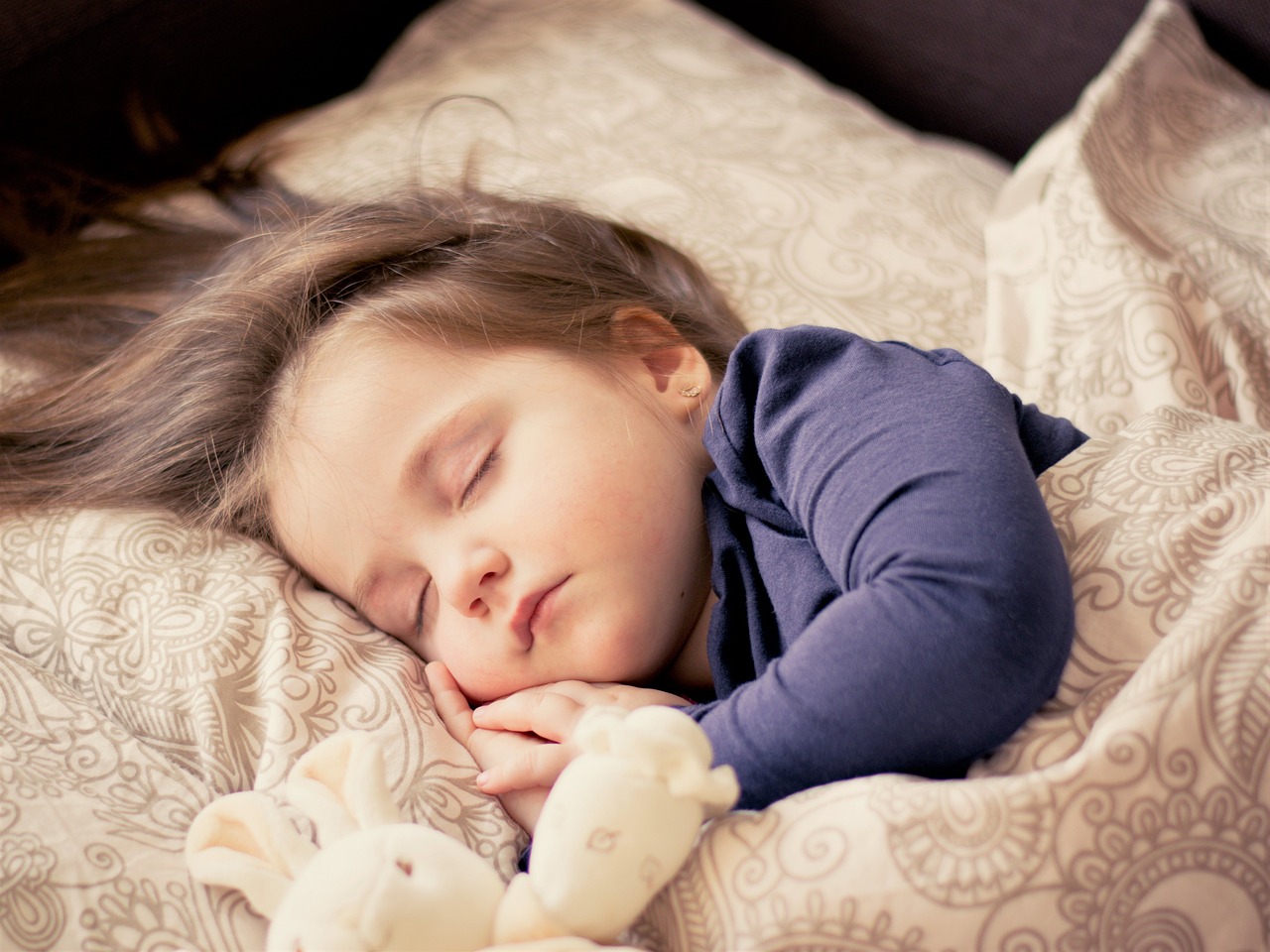
Anyone who’s been through those newborn months knows that sleep deprivation can feel like torture. New parents lose an average of 109 minutes of sleep per night during the first year, according to recent studies from sleep research centers.
Families who practice safe co-sleeping report significantly better sleep quality and duration. When mothers don’t have to fully wake up to feed their babies, they maintain deeper sleep cycles and recover more quickly from the physical demands of childbirth and breastfeeding.
The impact extends beyond just feeling tired. Chronic sleep deprivation increases the risk of postpartum depression, affects immune function, and can strain marriages. For many families, co-sleeping becomes a survival strategy that helps them function during those challenging early months.
The Attachment Science Behind Shared Sleep
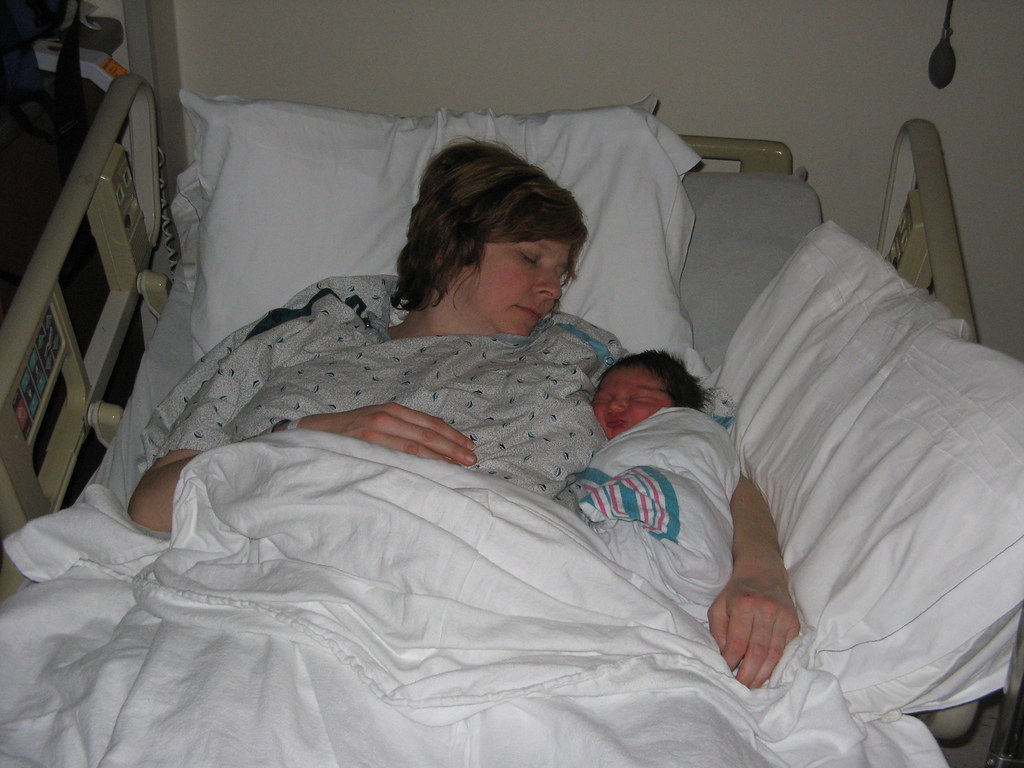
Attachment researchers are finding compelling connections between co-sleeping and secure parent-child bonds. The constant physical proximity during sleep helps regulate infant stress responses and promotes the release of oxytocin in both parents and babies.
Dr. Sarah Blaffer Hrdy’s research on cooperative breeding suggests that human infants evolved expecting close contact with caregivers. The modern practice of isolating babies in separate rooms may actually work against biological programming that expects constant proximity and responsiveness.
Studies using heart rate monitors show that co-sleeping infants have more stable cardiovascular patterns and fewer episodes of interrupted breathing. This physiological regulation appears to be one of the mechanisms behind co-sleeping’s protective effects against SIDS.
When Co-Sleeping Goes Wrong
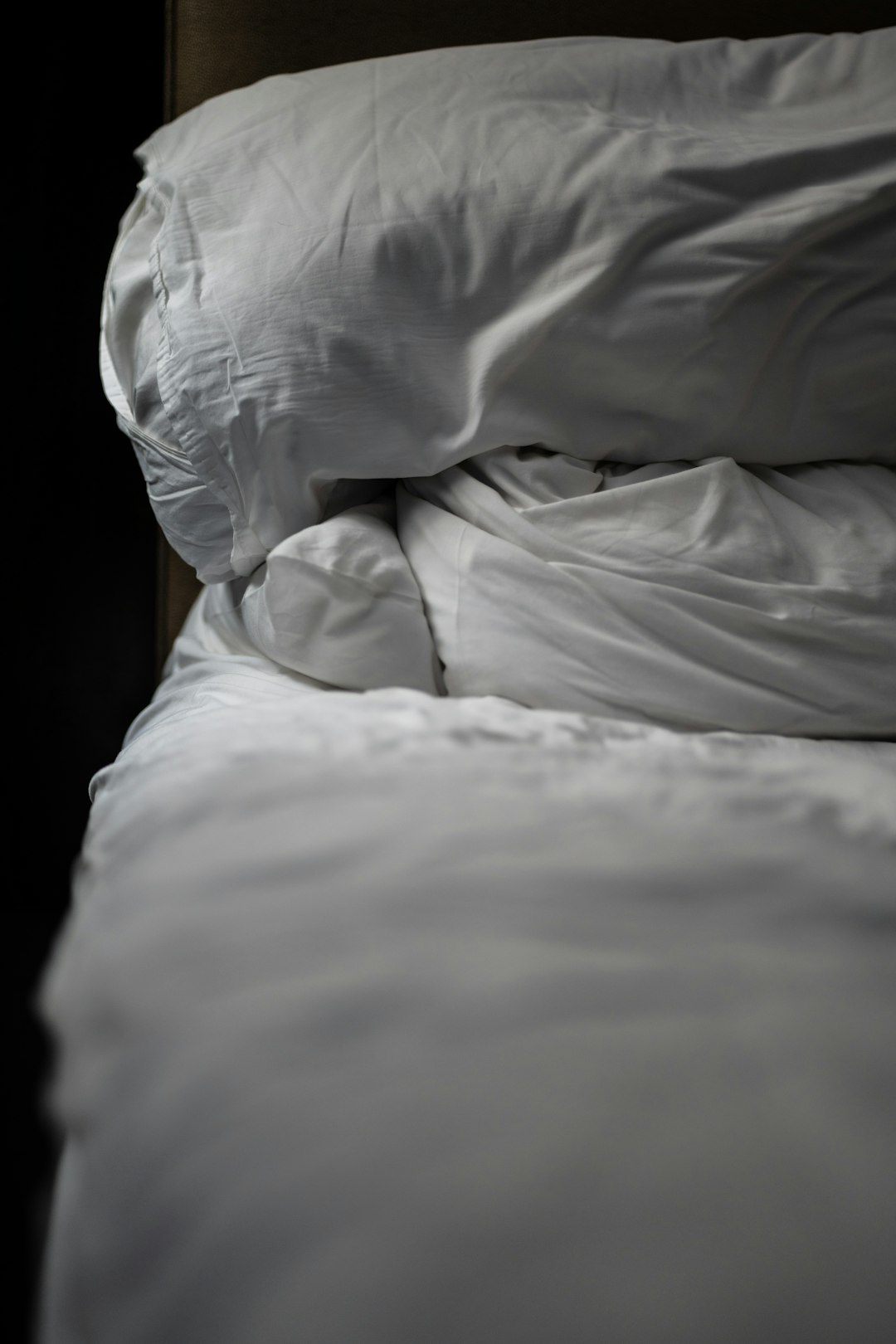
Not all co-sleeping situations are safe, and researchers have identified specific risk factors that dramatically increase danger. Bed-sharing on soft surfaces, with intoxicated parents, or in homes where adults smoke multiplies the risk of infant death.
The tragic cases that make headlines often involve unsafe sleep environments – couches, recliners, or beds with heavy bedding and multiple occupants. These situations are fundamentally different from the safe co-sleeping practices recommended by lactation experts and some pediatricians.
Emergency room physicians report seeing fewer co-sleeping accidents when families are educated about safe practices. The key is distinguishing between reckless bed-sharing and informed co-sleeping that follows established safety protocols.
The Economics of Family Sleep Arrangements
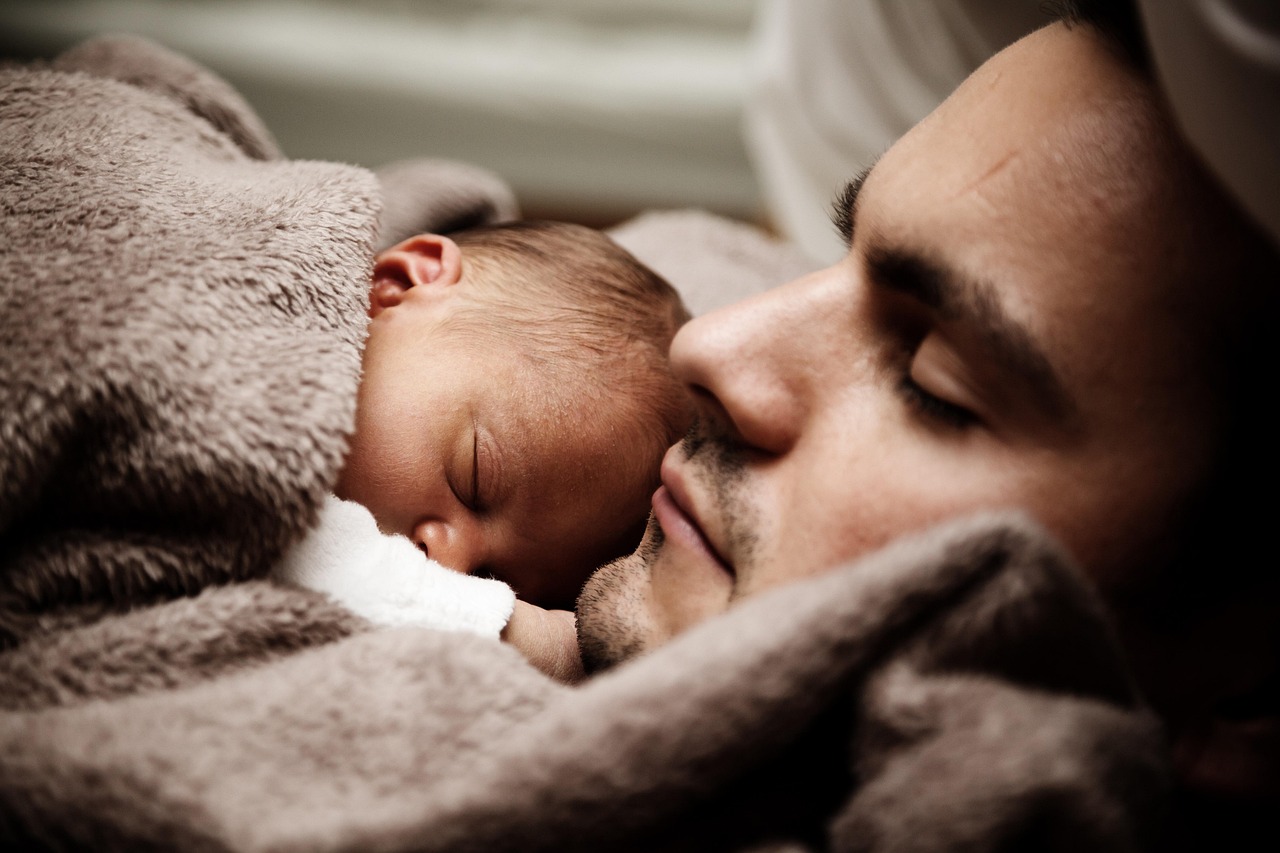
There’s also a practical side to the co-sleeping trend that rarely gets discussed. Separate nurseries, cribs, monitors, and all the gear associated with independent infant sleep represent a significant financial investment that many families simply can’t afford.
Co-sleeping eliminates the need for expensive nursery furniture and electronic monitoring devices. For families dealing with housing costs that consume large portions of their income, sharing sleep space makes economic sense.
The baby gear industry has responded with products designed for safe co-sleeping – bedside sleepers, co-sleeping bassinets, and specially designed family beds. This market response suggests that retailers recognize the growing demand for co-sleeping solutions.
What Pediatricians Are Really Telling Parents
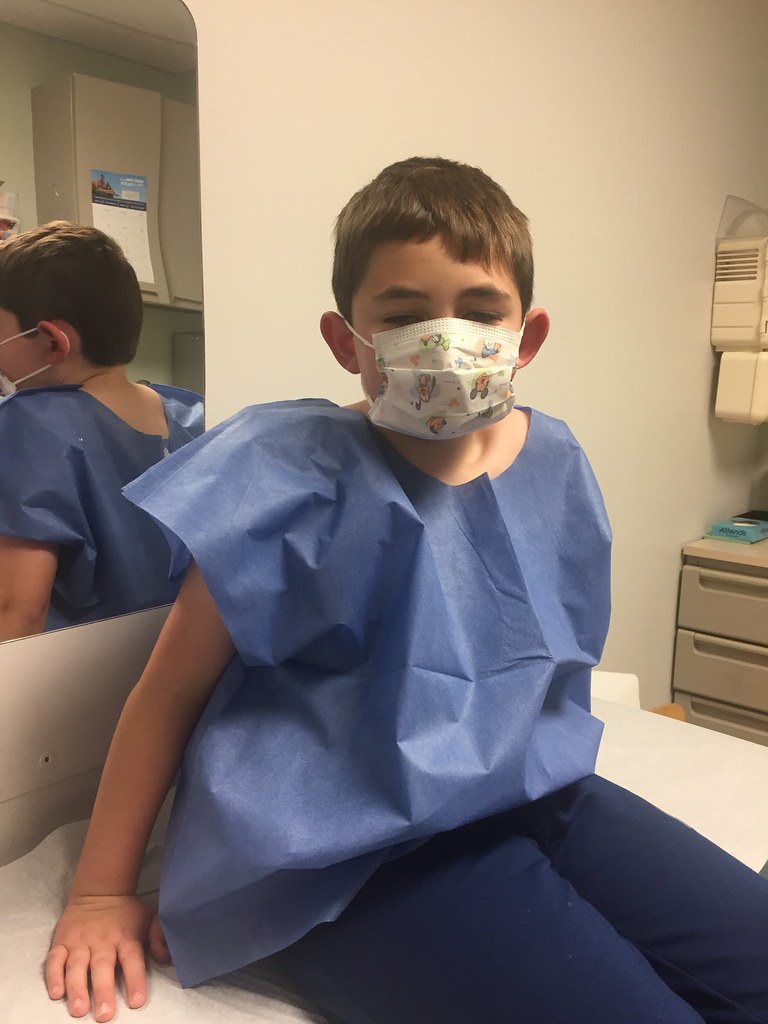
Behind closed doors, many pediatricians are having more nuanced conversations with families about sleep arrangements. While official recommendations remain cautious, individual doctors are increasingly willing to discuss safe co-sleeping practices with parents who are already doing it.
Pediatric sleep specialists report that when families understand the specific risks and how to mitigate them, co-sleeping can be practiced safely. The shift is toward harm reduction rather than absolute prohibition, similar to approaches used for other parenting decisions.
Some progressive pediatric practices now include safe co-sleeping education in their newborn care classes. These programs teach parents how to create safe sleep environments if they choose to co-sleep, rather than simply telling them not to do it.
The Future of Family Sleep
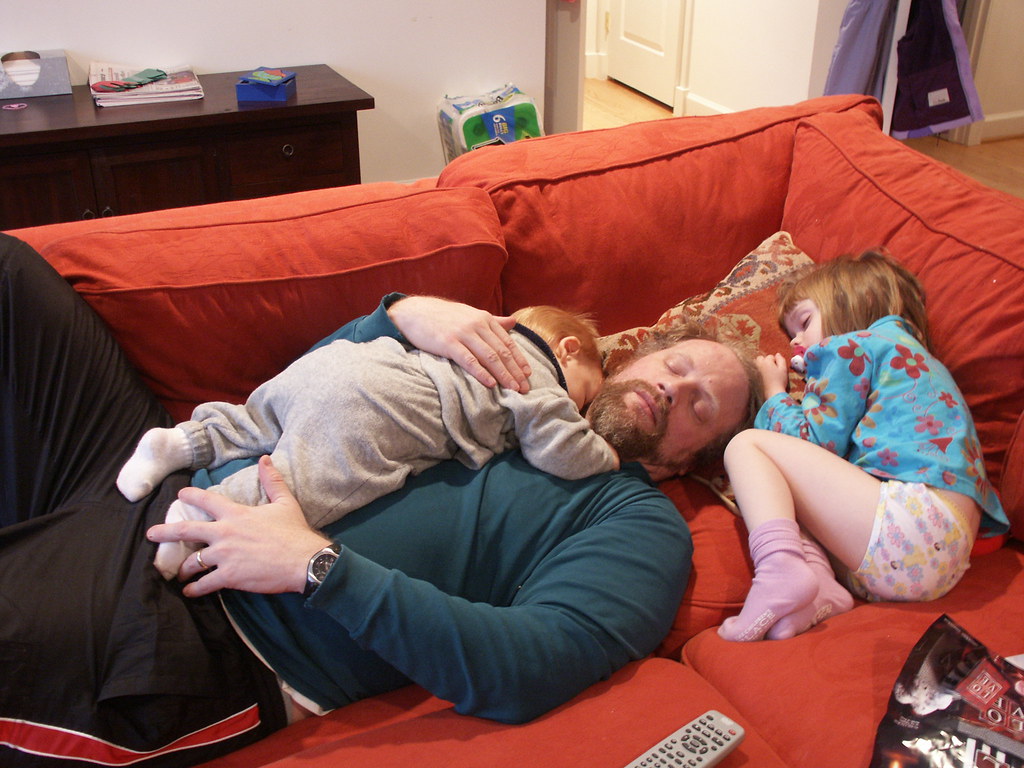
Looking ahead, the conversation about infant sleep is likely to become even more personalized and culturally sensitive. Research continues to refine our understanding of which families can safely co-sleep and under what conditions.
New technology is emerging that could make co-sleeping safer – specialized mattresses that prevent entrapment, wearable monitors that track infant breathing, and sleep surfaces designed specifically for safe bed-sharing. These innovations suggest that the future might offer more options rather than fewer.
The trend toward co-sleeping reflects broader changes in parenting philosophy – a move away from rigid rules toward individualized approaches that consider family circumstances, cultural background, and personal values. What works for one family might not work for another, and that’s perfectly okay.

